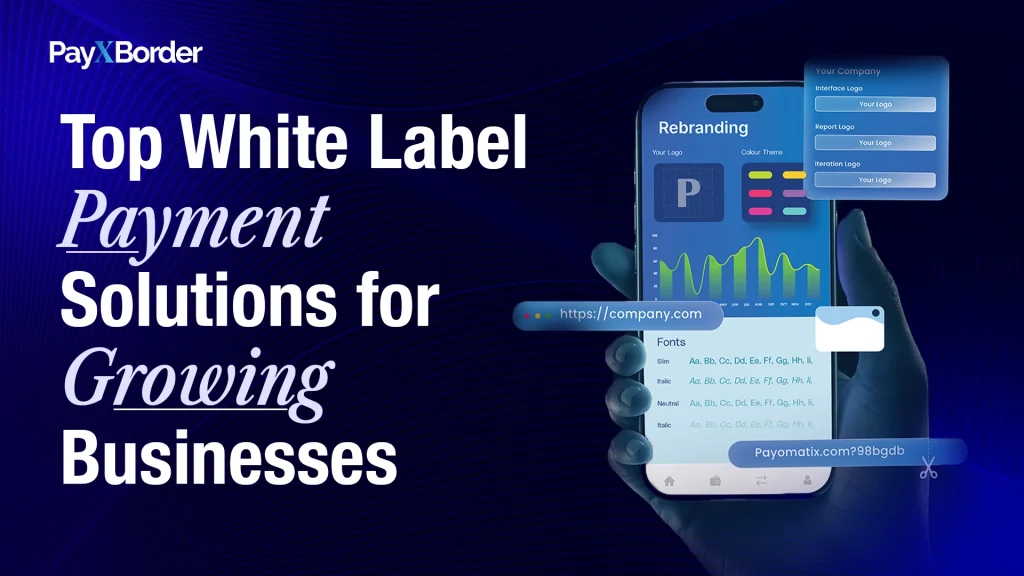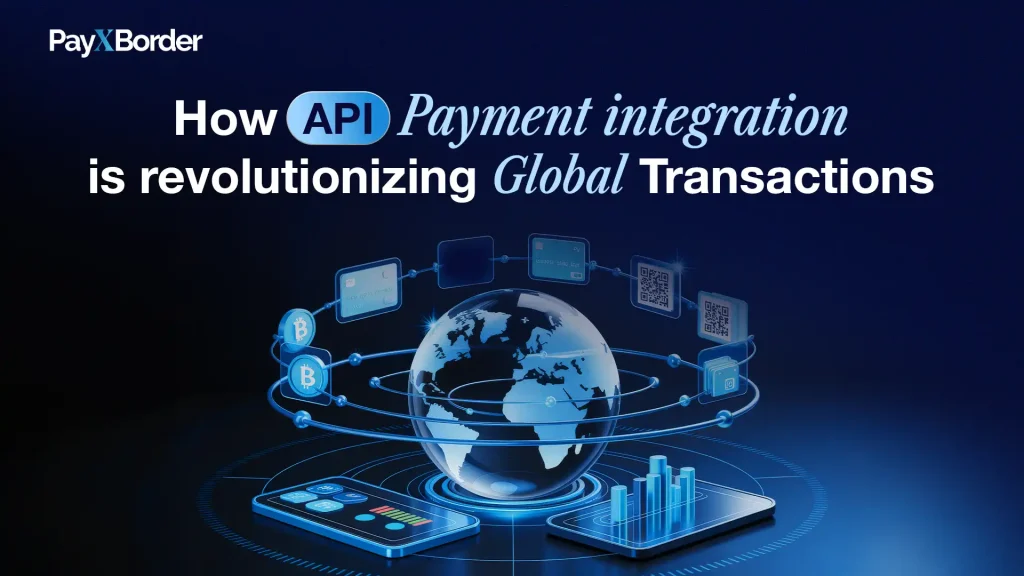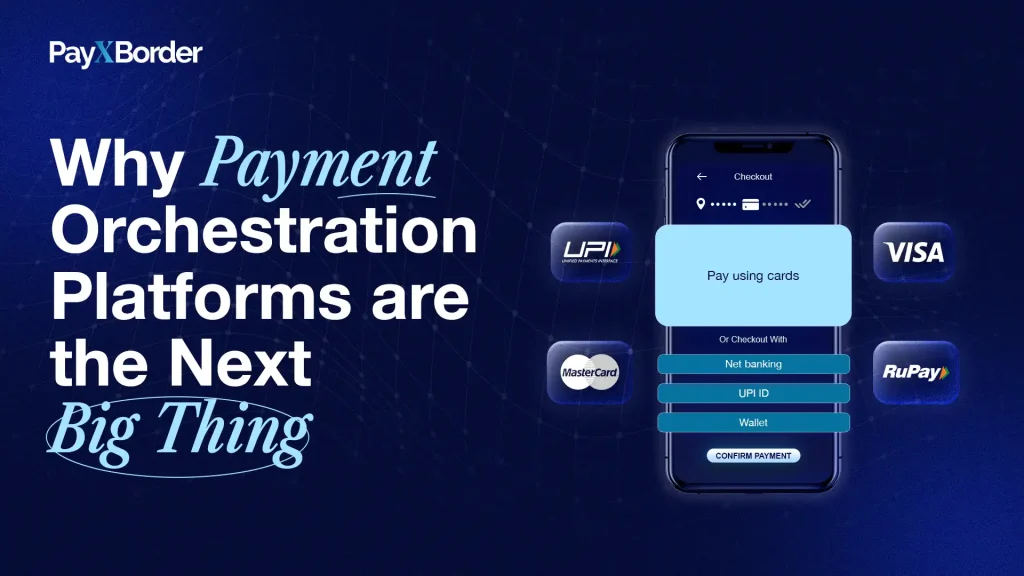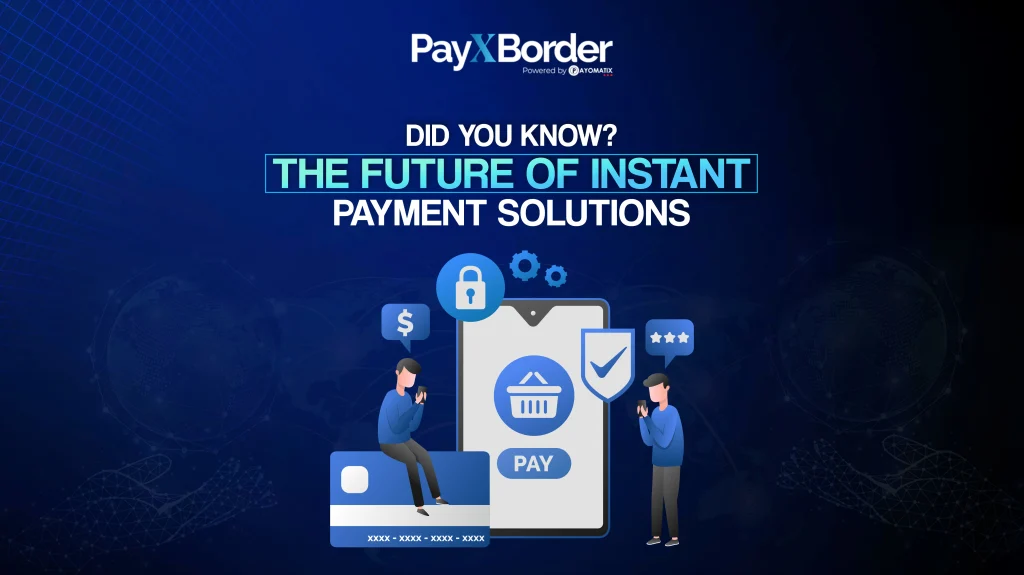© 2024 PayXborder by Payomatix. All rights reserved.
- Home
- Blogs
Your Trusted Partner for Cross Border Remittances
Expert Insights on Cross-Border Transactions, Global Remittances, and Secure Financial Solutions.

How International Remittance Supports Global Financial Inclusion
Introduction
International remittance, the process of sending money across borders, has become a critical financial resource for millions of households, particularly in developing countries. According to the World Bank, over $540 billion in remittances flowed to low- and middle-income countries in 2020. These funds often help recipients meet their basic needs, such as education, healthcare, and housing, making remittances a lifeline for many families.
However, beyond immediate financial assistance, international remittance plays a vital role in promoting global financial inclusion. By enabling access to financial services for underserved populations, remittances contribute to poverty alleviation, economic growth, and the reduction of inequality. In this article, we will explore how international remittance supports financial inclusion, the challenges faced, and the future of remittances in fostering a more inclusive global financial system.
The Link Between International Remittance and Financial Inclusion
Financial inclusion refers to the availability and access to affordable financial services, such as banking, credit, insurance, and digital payment systems, for all individuals, regardless of their income level or geographic location. Globally, an estimated 1.7 billion adults remain unbanked, according to the Global Findex Database. For many of these individuals, international remittances serve as an entry point into the formal financial system.
1. Remittances as a Gateway to Financial Services
For many families in developing countries, receiving remittances can be their first exposure to formal financial services. In regions where access to traditional banking infrastructure is limited, remittance services provide a reliable means of transferring funds. In some cases, recipients are encouraged to open bank accounts or use digital wallets to receive their remittances, effectively integrating them into the formal financial ecosystem.
For example, in Kenya, the popular mobile money service M-Pesa has revolutionized financial inclusion. M-Pesa allows users to send, receive, and store money on their mobile phones, and it has played a crucial role in enabling millions of unbanked individuals to access financial services. The integration of international remittance into M-Pesa has further increased the reach of financial services, with users in Kenya now able to receive remittances directly into their mobile wallets.
2. Encouraging Savings and Investment
International remittances often provide recipients with more than just funds for immediate consumption. In many cases, these transfers allow families to set aside money for future needs, such as education, health emergencies, or even business investments. By receiving remittances through formal financial channels, recipients are more likely to develop a savings habit or access credit, which can lead to long-term financial stability and economic empowerment.
A 2018 study by the World Bank found that households receiving remittances are more likely to save and invest in their future compared to those who do not. These savings and investments are critical for building assets, reducing vulnerability to economic shocks, and fostering local economic development.
3. Reducing Poverty and Inequality
One of the most significant impacts of international remittance is its role in reducing poverty and inequality, especially in developing countries. Remittances help families cover essential expenses, such as food, housing, and education, which are critical for improving overall living standards. In fact, research has shown that remittances contribute to a 4% reduction in the poverty headcount in recipient countries.
Moreover, remittances often help to reduce economic disparities between urban and rural areas. Many migrants come from rural communities, where access to economic opportunities is limited. By sending money back to their families, migrants are effectively redistributing wealth, which helps to reduce regional inequalities and stimulate local economies.
4. Empowering Women through Financial Independence
Another key aspect of international remittances is their role in empowering women, particularly in regions where women have limited access to financial services or economic independence. In many developing countries, women are the primary recipients of remittances, and these funds enable them to make important financial decisions, such as paying for their children’s education or starting small businesses.
For example, in Bangladesh, remittances have been instrumental in empowering women to start their own small-scale businesses, thereby fostering financial independence. By accessing formal financial services through remittance platforms, women can build credit histories, save for future needs, and invest in income-generating activities.
Challenges in Maximizing the Impact of Remittances on Financial Inclusion
While international remittances have significant potential to promote financial inclusion, there are still several challenges that need to be addressed:
- High Transaction Costs: According to the World Bank, the global average cost of sending remittances was 6.5% in 2020. These high fees reduce the amount of money that reaches recipients and can limit the broader economic impact of remittances. Reducing transaction costs is essential for maximizing the benefits of remittances.
- Limited Access to Formal Channels: In many rural or underserved areas, access to formal financial services, such as banks or digital payment systems, remains limited. As a result, many recipients rely on informal channels, which may not provide the same financial inclusion benefits.
- Regulatory Barriers: Varying regulations and anti-money laundering (AML) requirements in different countries can make it difficult to streamline cross-border remittance services. These regulatory hurdles can limit access to formal remittance services for certain populations.
Conclusion
International remittance is much more than a means of sending money across borders—it is a powerful tool for promoting global financial inclusion. By providing access to financial services, encouraging savings, reducing poverty, and empowering marginalized communities, remittances play a critical role in creating more inclusive economies.
Looking ahead, technological advancements, such as blockchain and digital wallets, hold great promise for further enhancing the impact of remittances on financial inclusion. By continuing to reduce transaction costs, expanding access to financial services, and addressing regulatory challenges, the remittance industry can continue to empower individuals and foster greater economic equality on a global scale.







